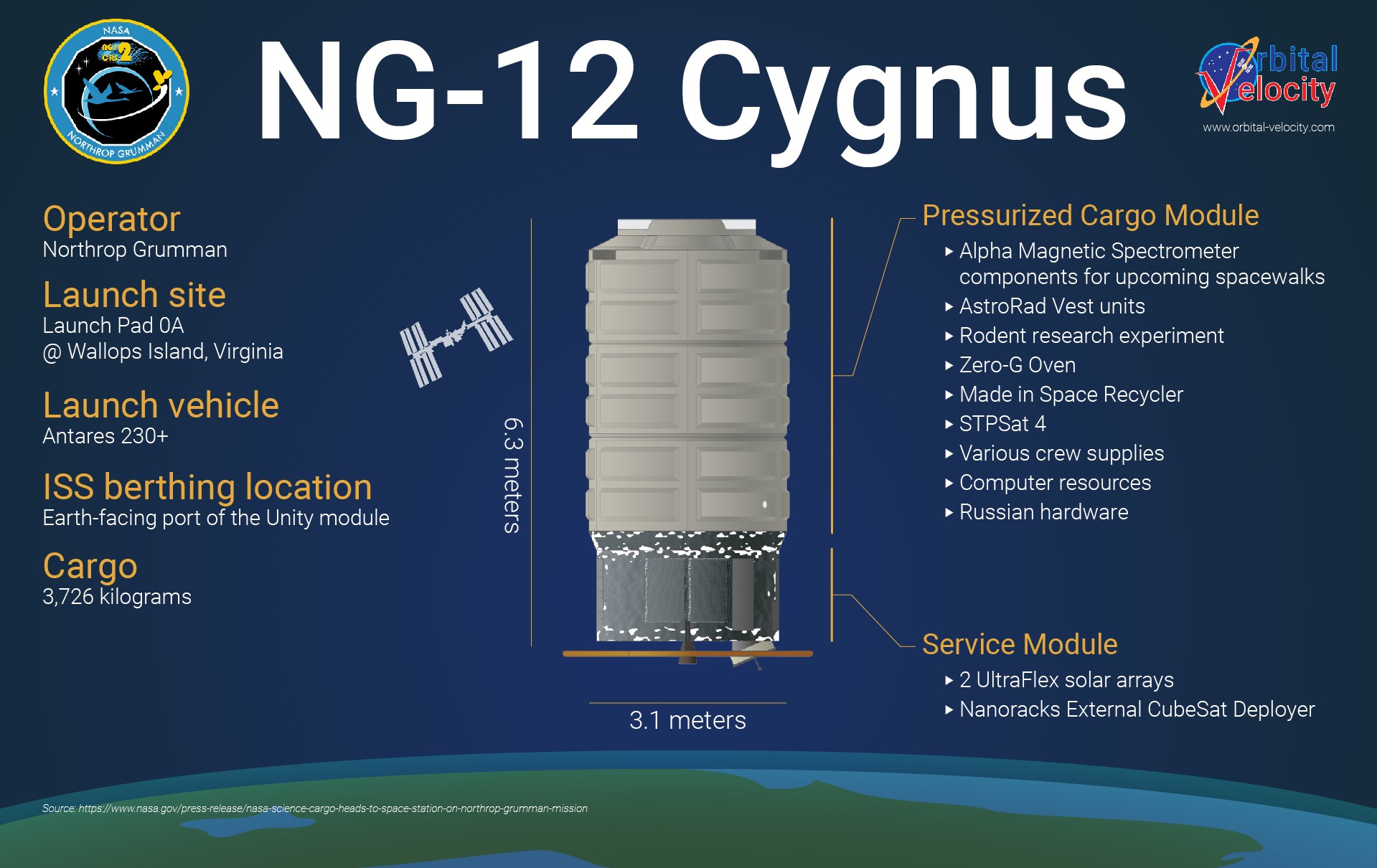One cargo ship departs ISS as another arrives
/It was a busy start to the month of November for the International Space Station’s Expedition 61 crew and its ground teams. While one cargo ship left the outpost, another made a trek toward it with new science and fresh supplies.
Kounotori 8
Following its roughly 5-week stay at the ISS, the Japanese cargo spacecraft Kounotori 8 was unberthed from the Earth-facing port of the Harmony module. The spacecraft delivered some 5,000 kilograms of supplies and equipment when it arrived on Sept. 28.
Inside Kounotori 8’s Unpressurized Logistics Carrier was an external pallet with six lithium-ion batteries. That was removed and attached to a temporary storage location on the station’s external truss in order for astronauts on spacewalks to replace batteries on the P6 truss.
After that, another external pallet, which was left at the outpost by Kounotori 7 last year, was loaded inside Kounotori 8.
The Kounotori 7 pallet had nine old nickel-hydrogen batteries on it from a series of spacewalk performed earlier this year to replace batteries on the S4 truss segment.
In the meantime, the cargo in the Pressurized Logistics Carrier was unloaded and dispersed throughout the ISS before being reloaded with trash and unneeded equipment.
At 17:21 UTC Nov. 1, Kounotori 8 was unberthed and released before it safely departed the area around the outpost. Several hours later, it performed a deorbit burn to allow the spacecraft to fall back to Earth, burning up in the atmosphere over the Pacific Ocean.
NG-12 Cygnus
The next day, at 13:59 UTC Nov. 2, Northrop Grumman launched its NG-12 Cygnus spacecraft atop the company’s Antares 230+ rocket. Liftoff occurred at the Mid-Atlantic Regional Spaceport’s Pad 0A at Wallops Island, Virginia.
The rocket deployed NG-12 Cygnus, which was named the SS Alan Bean after the late Apollo 12 Lunar Module Pilot, about 9 minutes later for it to begin a 2-day chase of the International Space Station.


On Nov. 4, the spacecraft rendezvoused with the ISS and was captured by the Canadarm2 remote manipulator system. Several hours later, it was berthed to the Earth-facing port of the Unity module at 11:21 UTC.
Aboard this spacecraft is roughly 3,700 kilograms of science and supplies. Among the cargo is the AstroRad Vest, which could be used to help protect astronauts from radiation caused by solar particle events while in deep space, according to NASA. These units will be worn aboard the ISS for astronauts to provide input on the vests as they perform their daily tasks.
Additionally, the outside of this Cygnus differed from previous spacecraft in that it was outfitted with fixtures to hold various external objects from the ISS that are in need of disposal. Currently, only SpaceX’s Dragon and Japan’s Kounotori spacecraft are able to dispose of large pieces of station hardware.
Additionally, it appears several new panels were added to the outside of spacecraft. While not confirmed by Northrop Grumman, these could be radiators being tested for use on the Habitation and Logistics Outpost the company is expected to build for NASA to be the second element of the Artemis program’s Lunar Gateway.
The NG-12 Cygnus is expected to remain berthed to the ISS until mid January 2020.





